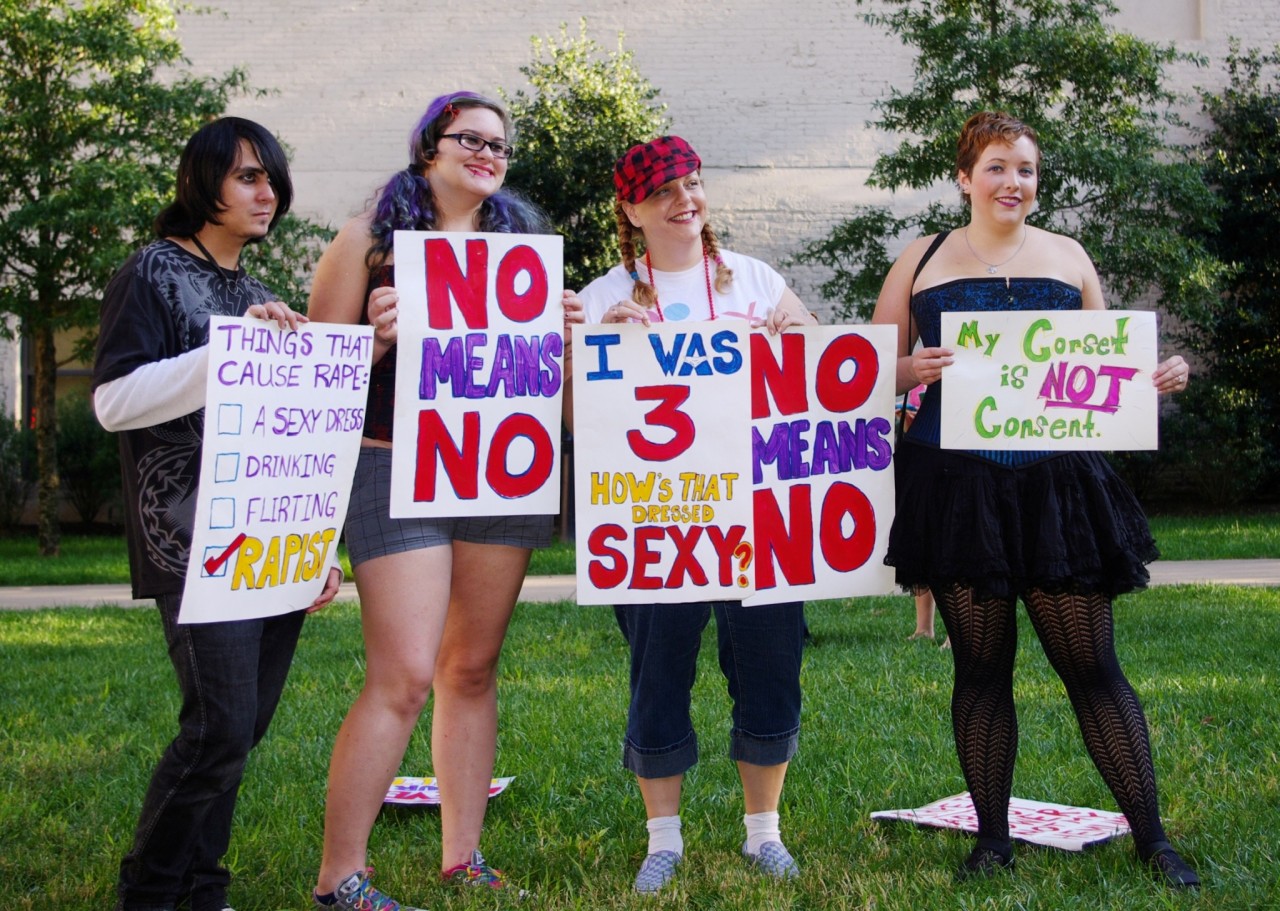According to a recent report in the The Independent Twitter users have criticised the new Tulipán ‘consent condom’, saying it will do nothing to prevent rape. Developed by an Argentinian sex toy company, the ‘consent condom’ aims to ensure that both parties are “equally involved in the decision of having sex”. The promotional video shows that it takes two people – or four hands – to open the packet, because of the necessity to press a ‘special button’.
Although the product does not launch till later in the year, the company has already started promoting it on social media platforms such as Instagram and Twitter – and has been handing out packs to couples in Buenos Aires so they can test them.
But social media posts doubt that the innovation will prevent rape or sexual assault. On Twitter one user commented, “She can still change her mind after the condom has been opened by both of you if she feels a certain way. Seek consent till the end guys. The condom isn’t a contract.” But elsewhere someone tweeted, “What a nice idea!”
As the post above points out, what if the woman changes her mind after helping to press the button? Does consent to open the box equal consent to having sex? And could a defendant try and use an open ‘consent condom’ packet as a defence in court?
In any healthy sexual situation two people don’t need a special pack of condoms to consent to sex. The people involved know reach other and trust each other. And where that is not the case, this pack will do nothing to prevent rape, because rape can happen at any time and place, and in all sort of situations – none of which will be stopped by the presence of a box with a special button.
This is because the whole promotion misunderstands the way in which rape – and sexual assault – usually works. Why? Because as anyone who has been the victim of rape knows, rapists are unlikely to stop to use a condom anyway!
If the company wants to help Argentinians by reducing rape and sexual assault, then it should work to educate people about what rape really is and how a victim can best protect themself. Instead this ‘consent condom’ might just make things worse, by adding to to the confusion that already exists about what consent means.
Image From Wikimedia Commons, the free media repository




